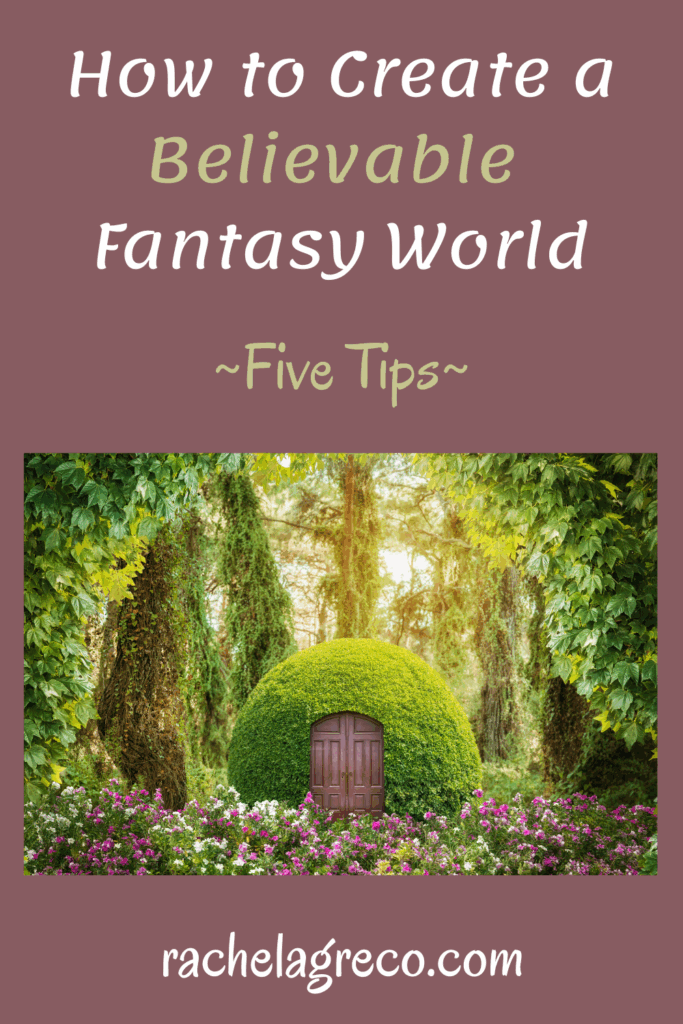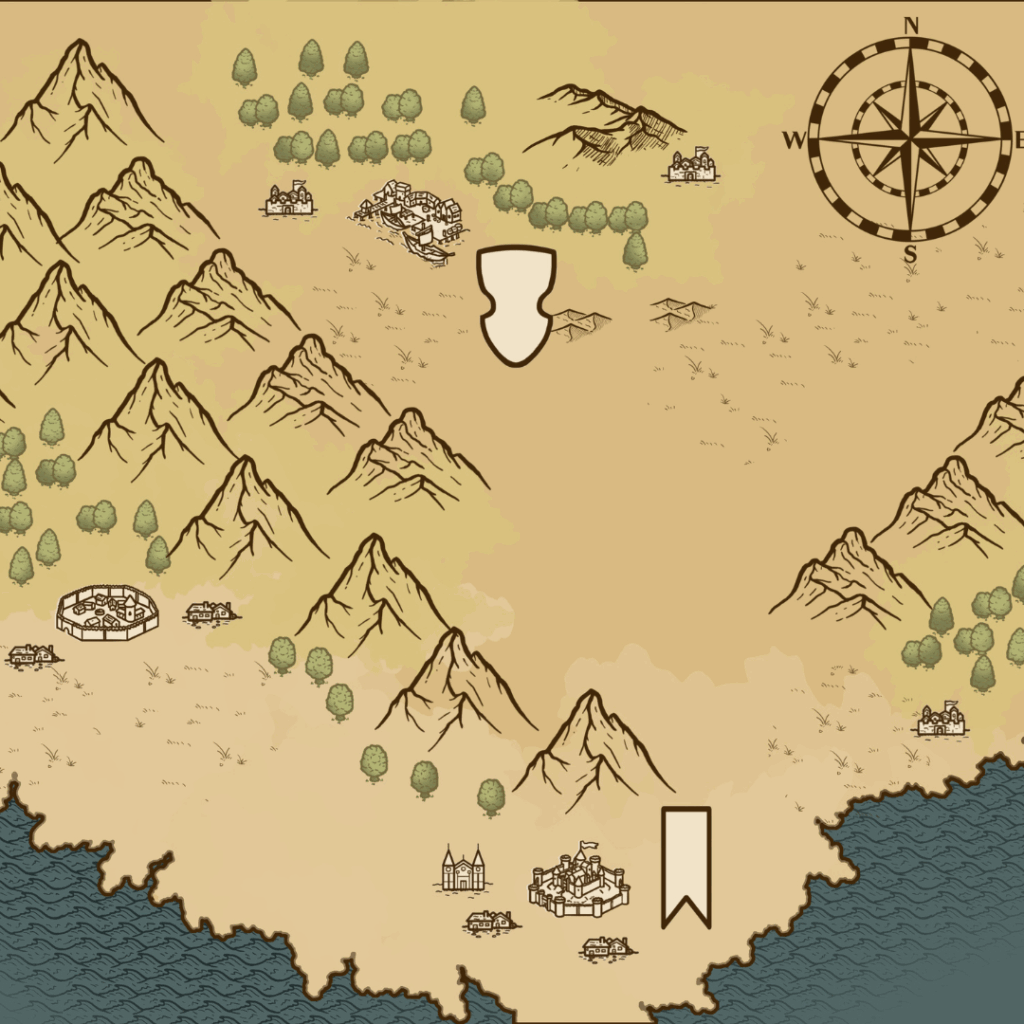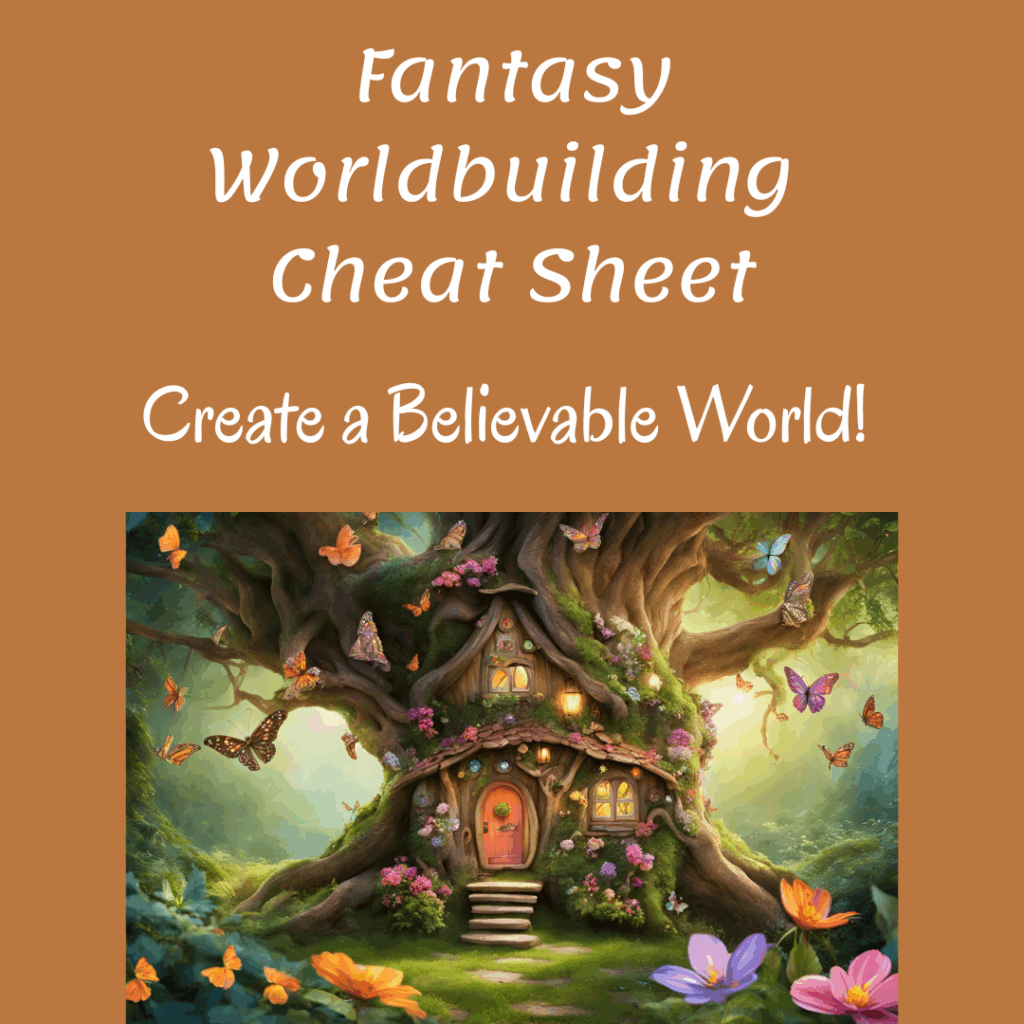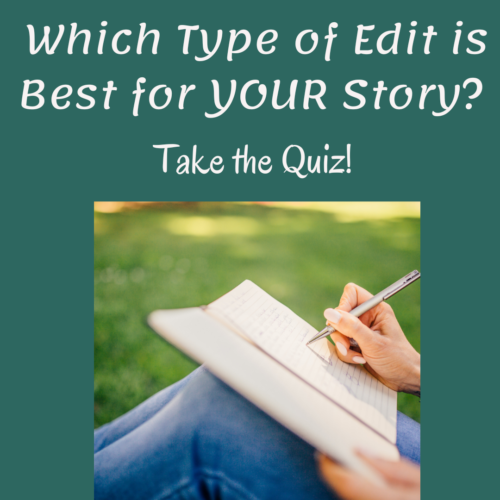This post was originally published on E.S. Foster’s blog.
Middle Earth. Roshar. Narnia. These are just some of the iconic worlds that come to mind when I think of places I’ve read in fantasy books. These places become real to us, almost a second home that we don’t want to leave or that we want to return to time and time again. But as fantasy writers, how do we do fantasy worldbuilding well so readers will see the setting as realistic and won’t want to leave?
This post just scratches the tip of the iceberg; there is much more to be said about this topic! But I hope you find these tips helpful as you begin the journey of creating a world your readers won’t want to leave.

1. Use Real-Life Places in your Fantasy Worldbuiling
Why spend time and energy making something up from scratch when it already exists? Even if you’re creating a whole new world, you can still base the entire world or parts of it on real places.
For example, I wrote a story about a world based in Iceland, so I researched the time period I wanted. I then decided what I wanted to keep in my world (the hunting/gathering lifestyle and landscape). But I created my own lore connected to the three types of magical creatures I put in the story.
If you’re creating a historical fantasy book, then you need to be much more careful about which cultural items to keep or discard. However, it is fantasy, and most readers will forgive you for changing things, especially if you include a note in the back of the book explaining why you made certain historical changes.
Before you build your world, ask yourself:
- What vibe, culture, time period do I want for my story?
- Is there a real place that has that same vibe, culture, or time period that I can base my world on?
- What parts from that culture/place do I want to keep?
- What parts won’t work as well for my story?
Get a cheat sheet filled with all kinds of questions–from mythology to transportation–to help you create a believable world!
2. Include Legends/Lore
As you do your fantasy worldbuilding, think about what legends and lore lay behind, between, and beneath the surface. These usually focus on these different areas:
- Religion/Mythology
- Who or what, if anything, is running the world?
- How was the world created?
- What do the people believe in? (Everyone believes in something, even if it’s the god of money/ambition/comfort.)
- Are there different sects of religious groups?
- Magic
- If there’s magic, how did it begin?
- Where does it come from?
- How do the people view it? Why?
- Magical Beings
- If there are magical beings, how were they created?
- Which ones are real and which ones are mythical?
- Where does their power/magic come from?
- What are their strengths/weaknesses?
- Important Historical Events
- What historical events have changed the course of the world’s history?
- What catastrophes have shaped people’s lives?
- What wars and victories have shaped the world’s political boundaries?
- How have the rulers come to power?
- Heroes and Villains
- Who do the people see in the past as heroes? Who do they vilify? Why?
- What effect have those heroes/villains had on the people and culture?
- Do the people in your story still praise these heroes? Do they still hate the villains? Why or why not?
Lore roots the world in history, giving it a rich heritage. This will also give your entire story and the characters within it more depth and meaning, for our characters are shaped by the events preceding them.
You can easily hint at past events, reference them, or even include songs or poems rich with lore, which is what I did in my fantasy duology, The Gift of Dragons, with the Fire Festival.
Pro Tip: You won’t need to put most of the lore you create in your book. In fact, very little of it will go in your story. Only include what is relevant to the story you’re telling.

3. Include Details
Details about clothing, food, drink, landscape, etc. will set your fantasy worldbuilding in a concrete time and place. This is one of the most fun and creative parts of worldbuilding, so let your imagination run wild! What kind of food do they eat? Is it generally spicy? Do they eat it with their hands or with silverware or a certain kind of bread? What is considered fancy food?
Here are some helpful questions to ask as you flesh out the details of your world:
- What meals do the people typically eat? What would a wealthy person eat? A poor person?
- What do they drink?
- What do the people wear for different occasions?
- What are some places they would visit on holiday?
- What places would they avoid?
4. Show, Don’t (Always) Tell
In regard to fantasy worldbuilding, we can get away with more telling than most authors. Still, it’s always better to show when you can. For example, instead of telling us that this world’s currency is emotions, show us someone using happiness to buy something from the market. If we’re in space, show us the spaceship or planets swirling outside a viewport.
5. Explore the Why
It’s not good enough to create a world in which there are crustacean creatures because you love hermit crabs. Why must they exist? In Brandon Sanderson’s world of The Stormlight Archive, their shells protect them from the mighty storms that blow across the land. And those storms are an integral part of the plot too, not just some random addition because they’re epic.
So as you’re crafting your world, make sure you have good reasons for the elements that make it up, not just because you think they’re cool 😅. Make sure there are reasons to support them so the reader will nod and accept the world instead of asking, “But why?”
To build my fantasy worlds, I use a document that covers all the basics: mythology, economics, culture, etc. It will help you ask the right questions about your world and make it believable. Get your copy now!
Need More Help with your Fantasy Worldbuilding?
As a freelance editor specializing in fantasy and sci-fi books, I offer a sample edit of 3,000 words of your story for only $30. Interested? Contact me. I look forward to helping you build a realistic world and polish your story! 😊




